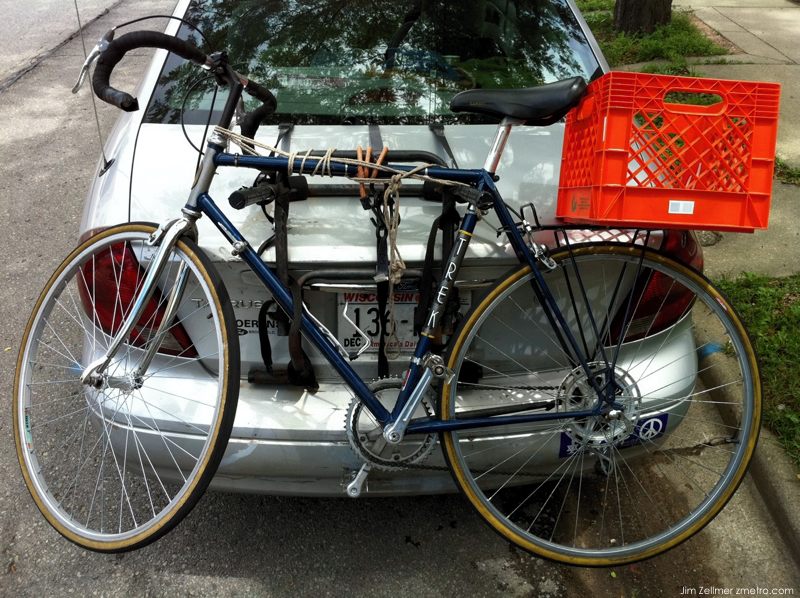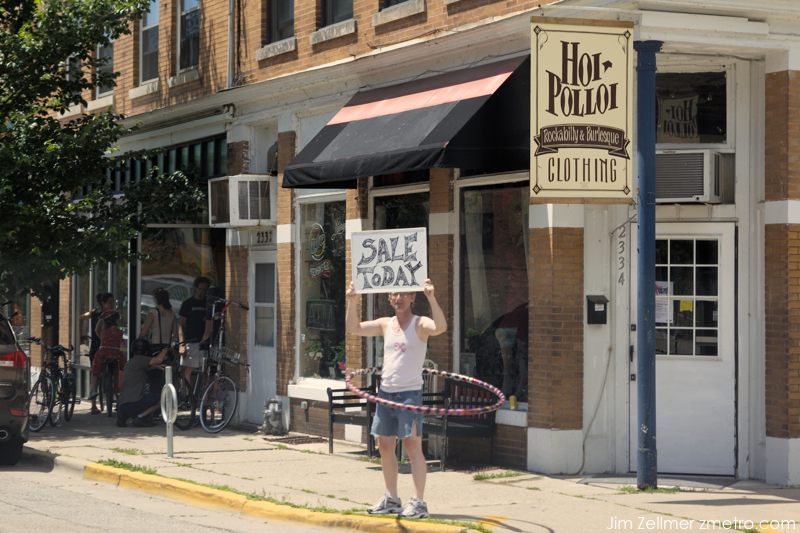As recovery starts to stall in the US and Europe with echoes of mid-1931, bond experts are once again dusting off a speech by Ben Bernanke given eight years ago as a freshman governor at the Federal Reserve.
Entitled “Deflation: Making Sure It Doesn’t Happen Here”, it is a warfare manual for defeating economic slumps by use of extreme monetary stimulus once interest rates have dropped to zero, and implicitly once governments have spent themselves to near bankruptcy.
The speech is best known for its irreverent one-liner: “The US government has a technology, called a printing press, that allows it to produce as many US dollars as it wishes at essentially no cost.”
Bernanke began putting the script into action after the credit system seized up in 2008, purchasing $1.75 trillion of Treasuries, mortgage securities, and agency bonds to shore up the US credit system. He stopped far short of the $5 trillion balance sheet quietly pencilled in by the Fed Board as the upper limit for quantitative easing (QE).
Investors basking in Wall Street’s V-shaped rally had assumed that this bizarre episode was over. So did the Fed, which has been shutting liquidity spigots one by one. But the latest batch of data is disturbing.
Monthly Archives: June 2010
God’s Glory: A Gorgeous Sunset

Shot with the fairly impressive iPhone 4 camera.
Three privacy initiatives from the Office of Management and BudgetThe U.S. government has a new take on federated identity, storage and social networks.
Last Friday was a scramble for government security personnel and independent privacy advocates, and should also have stood out to anyone concerned with the growth of online commerce, civic action, and social networking. The U.S. government’s Office of Management and Budget, which is the locus of President Obama’s drive toward transparency and open government, popped out three major initiatives that combine to potentially change the landscape for online identity and privacy, not only within government but across the Internet.
In this blog I’ll summarize the impacts of all three documents, as well as the next steps that I see necessary in these areas. The documents (all distributed as PDFs, which is not the easiest format to draw commentary) are:
- A discussion draft of the National Strategy for Trusted Identities in Cyberspace. Comments can be viewed and entered on a feedback site.
- An OMB Memorandum on Guidance for Online Use of Web Measurement and Customization Technologies.
- An OMB Memorandum on Guidance for Agency Use of Third-Party Websites and Applications.
These documents are not long, but the complexity of the policy areas they address ensure that no blog could cover everything of importance, nor could a single commentator like me provide a well-rounded view. I’ll focus on the changes they make to policies that are known to require change, with a “job well done” pat on the back. In highlighting gaps and omissions, I’ll deliberately swim around the shoals that others have loudly pointed to already, focusing instead on problems that I believe deserve more attention.
Vintage Trek Bike

Madison Saturday Zeitgeist….


“Forgotten Places” – Native American Mounds at Madison’s Elmside Park
iPhone / iPad and iPod users click here.
Worldwide Panorama is collecting panoramic scenes with the theme “Forgotten Places”. Nancy suggested Madison’s Elmside Park. Here it is.
From Native American Mounds in Madison and Dane County (A Madison Heritage Publication):
At the corner of Lakeland Avenue and Maple Avenue overlooking Lake Monona are two well-preserved Late Woodland animal effigies now referred to as a lynx and a bear. These mounds were originally part of a dense and extensive cluster of mounds that extended along the north shore of Lake Monona. Once part of the Simeon Mills farm, this site was still a favored Winnebago campground as late as the late 19th century. Most of the mound cluster, which included a bird effigy with a reported wingspan of 568 feet, was destroyed by turn-of-the-century residential development. Nearby, the beautiful sculpture, entitled “Let the Great Spirits Soar,” was carved by Harry Whitehorse, a Winnebago whose ancestors have lived in the Four Lakes area for hundreds of years. The sculpture was carved from a storm-damaged hackberry tree and honors his Indian ancestors and the effigy mound builders.
Sunset, Clearing Storm: Fitchburg, WI via iPhone 4 Camera

I’ve never been a fan of cell phone cameras. However, the iPhone 4 camera offers decent quality and some flexibility for the photographer…. Of course, a glorious sunset during a clearing storm helps.
Water, Water: Fitchburg’s Dunn’s Marsh after the Storms

“The Time We Have is Growing Short”
If we need any further illustration of the potential threats to our own economy from uncontrolled borrowing, we have only to look to the struggle to maintain the common European currency, to rebalance the European economy, and to sustain the political cohesion of Europe. Amounts approaching a trillion dollars have been marshaled from national and international resources to deal with those challenges. Financing can buy time, but not indefinite time. The underlying hard fiscal and economic adjustments are necessary.
As we look to that European experience, let’s consider our own situation. We are not a small country highly vulnerable to speculative attack. In an uncertain world, our currency and credit are well established. But there are serious questions, most immediately about the sustainability of our commitment to growing entitlement programs. Looking only a little further ahead, there are even larger questions of critical importance for those of less advanced age than I. The need to achieve a consensus for effective action against global warming, for energy independence, and for protecting the environment is not going to go away. Are we really prepared to meet those problems, and the related fiscal implications? If not, today’s concerns may soon become tomorrow’s existential crises.
I referred at the start of these remarks to my sense five years ago of intractable problems, resisting solutions. Little has happened to allay my concerns. But, of course, it is not true that our economic problems are intractable beyond our ability to react, to make the necessary adjustments to more fully realize the enormous potential for improving our well-being. Permit me a note of optimism.
A few days ago, I spent a little time in Ireland. It’s a small country, with few resources and, to put it mildly, a troubled history. In the last twenty years, it took a great leap forward, escaping from its economic lethargy and its internal conflicts. Responding to the potential of free and open markets and the stable European currency, standards of living have bounded higher, close to the general European level. Instead of emigration, there has been an influx of workers from abroad.
Strolling Through 19th Century London Today
Augmented reality might be the future, but my favorite application of it yet transports you far into past. StreetMuseum—an iPhone app from the Museum of London—overlays four hundred years of historic images on today’s city streets.
StreetMuseum makes creative use of Google Maps and geo-tagging to show users how London used to look. You can use it to check out pictures and info about nearby historic locations, which is has more of a straightforward walking tour feel. But the fun starts when you’re actually standing in front of a location in the database. That’s when the AR “3D view” kicks in, with views that may look something like this: